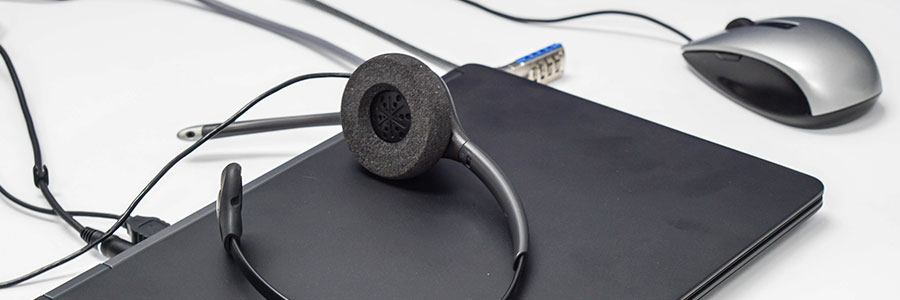Small businesses are increasingly moving from traditional telephones to Voice over Internet Protocol (VoIP) to save on costs. While VoIP offers many benefits, an unsecure system can leave your business vulnerable to a new kind of attack called telephony denial-of-service (TDoS). In this blog post, we will discuss what TDoS is and how you can protect your VoIP system and your business against it.
How to protect your business from TDoS attacks
5G: What you need to know about the future of business VoIP systems
What you need to know about VoIP theft of service
Keep callers on the line by using these VoIP features

Callers generally don’t like being put on hold for very long periods. But sometimes, your staff will have to put them on hold to verify their identity, find answers to their queries, or refer the call to a supervisor. One way to make sure callers do not feel abandoned while on hold is to use certain Voice over Internet Protocol (VoIP) features.
5 Key security measures you need for VoIP
5 Steps for securing your VoIP systems
Computing the ownership cost of a VoIP system

Voice over Internet Protocol (VoIP) systems are tried and tested tools for business agility and continuity, so it’s no wonder that many companies use them. But they also come with ownership costs that you should anticipate. Read on to learn more.
Upfront costs
Upfront costs are largely determined by the manner in which you acquire your systems, such as whether you buy a VoIP system outright or rent it from a third party.
The dangers of TDoS to your VoIP systems
VoIP theft of service: What you need to know
Calculating the total cost of a VoIP system

Cost is always an important factor to consider when it comes to technological investments. Especially with Voice over Internet Protocol (VoIP) phone systems, you have to be careful that investing in one doesn’t put you way over budget. Even if that phone system comes with a host of features, it’s important that you evaluate not only its upfront cost but also its total cost of ownership (TCO).
TCO is the overall sum of procuring, deploying, and operating a VoIP system over its life cycle, which is typically five years.








